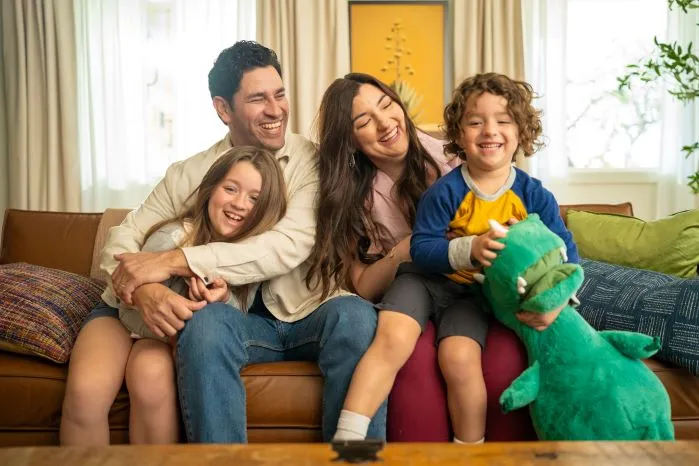Choosing the Right 16x21x1 Air Filter: What Most Homeowners Overlook
Many homeowners assume all air filters are the same—until they start noticing dust settling faster, allergy symptoms getting worse, or their HVAC system struggling to keep up. Through firsthand experience helping homeowners optimize their indoor air quality, we’ve seen that choosing the right 16x21x1 air filter isn’t just about size—it’s about performance, efficiency, and long-term benefits.
By understanding how filters truly work—not just what’s on the packaging—you’ll be able to choose one that improves air quality, protects your HVAC system, and saves you money over time. Let’s dive in and find the best option for your home!
Top Takeaways: Key Points in a Flash
Case Study: The Costly Air Filter Mistake & How Mike Fixed It
The Problem: Poor Air Quality & HVAC Struggles
The Solution: Upgrading to a MERV 11 Pleated Filter
The Results: Immediate Improvements in Weeks
What Research Confirms
A Simple Upgrade, Big Results
If you’re dealing with dust, allergies, or rising energy bills, don’t just replace your filter—choose the right one. A MERV 11+ pleated filter can make a huge difference in air quality, home cleanliness, and HVAC efficiency.

"Many homeowners don’t realize that their air filter is the first line of defense against indoor pollutants—and that choosing the wrong one can actually strain their HVAC system and increase energy costs. From our experience, switching to a MERV 11+ pleated filter isn’t just about capturing more dust; it’s about creating a healthier home environment, improving airflow, and extending your HVAC system’s lifespan. We’ve seen firsthand how this simple upgrade leads to cleaner air, lower utility bills, and fewer maintenance headaches—all with just one small change."
Supporting Statistics: Why Your Air Filter Choice Matters
Upgrading to a MERV 11+ pleated filter and replacing it regularly improves air quality and HVAC efficiency. Research proves it:
1. Higher MERV Filters Capture More Pollutants
2. A Dirty or Low-Quality Filter Strains Your HVAC
3. Regular Filter Changes Save Energy & Extend HVAC Life
Key Thoughts
Final Thoughts: A Simple Change with Big Benefits
Many homeowners don’t realize that air quality, dust buildup, and HVAC efficiency all start with one thing—your air filter. After working with countless homeowners, we’ve seen that choosing the right filter and replacing it on time makes all the difference.
Key Insights:
Why This Matters
If you’ve been dealing with poor air quality or high energy bills, start with your filter—it’s a small change that makes a huge impact!
Next Steps: Upgrade Your Air Quality & HVAC Efficiency
Follow these quick steps to ensure cleaner air and better HVAC performance:
1. Check Your Current Filter
2. Upgrade to High-Quality 16x21x1Air Filters
3. Replace & Maintain Regularly
4. Monitor Your Home’s Air & HVAC Performance
Take Action Now!
Frequently Asked Questions
What filters do HVAC techs recommend?
HVAC technicians often recommend MERV 8 to MERV 11 filters for residential use, as they provide a good balance between filtration efficiency and maintaining airflow.
Is MERV 11 too restrictive for old furnace?
MERV 11 may be too restrictive for some older furnaces, which could lead to reduced efficiency or increased strain on the system; consulting an HVAC professional is advisable.
What MERV rating is best for airflow?
A MERV rating of 8 generally offers the best balance for airflow in residential systems, as it captures a good amount of particles without overly restricting air movement.
Which is better, MERV 8 or 11 or 13?
MERV 8 is often sufficient for most homes, but MERV 11 offers better filtration for homes with pets or allergies, while MERV 13 provides even higher filtration but may restrict airflow in some systems.
When should I replace my MERV 11?
You should replace your MERV 11 filter every 1 to 3 months, depending on usage, air quality, and the presence of pets or allergens.
Learn more about HVAC Care from one of our HVAC solutions branches…
Filterbuy HVAC Solutions - Weston FL
2573 Mayfair Lane Weston FL 33327
(754) 296-3528
https://maps.app.goo.gl/E3tjmKf5VSWYghGc7




